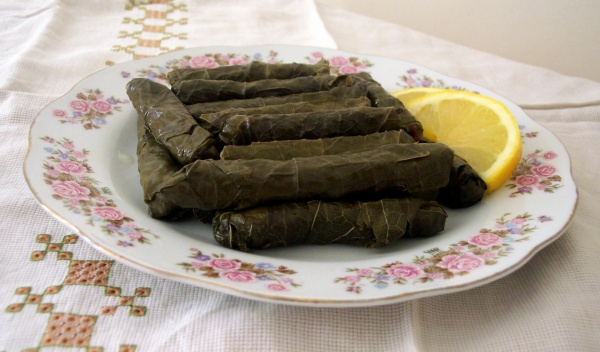Facts About Sarma
Sarma is a delectable dish created by wrapping vine, cabbage, monk's rhubarb, or chard leaves around a filling typically composed of grains such as bulgur or rice and minced meat. It is cherished in many countries that once belonged to the Ottoman Empire, spanning from the Middle East to Southeastern Europe.
Stuffed vine leaves, also known as vine leaf rolls, are a prominent feature in numerous cuisines, including those of Armenia, Azerbaijan, Iraq, Turkey, Lebanon, Israel, Saudi Arabia, Jordan, Syria, Palestine, Iran, and the Balkans. In Turkey, these delightful rolls are referred to as "yaprak sarması" or "yaprak dolması." In Greece and Armenia, they are called "dolma." Variations like "yalancı dolma" which are meatless stuffed vine leaves, and "vişneli yalancı dolması" a version infused with cherries and spices, also exist.
In the Balkan countries, grape leaves stuffed with meat and rice are known as "Yaprak Sarma" or "Yaprak Dolma." In Turkey, stuffed chard leaves are called "pazı dolması" while Sephardic Jews in Argentina refer to them as "dolmas de pazi."
In the Turkish provinces of Amasya and Tokat, sarma incorporates different fillings such as fava beans, lentils, bulgur, and chickpeas. Meanwhile, in Romania and Moldova, a similar dish called "sarmale" is popular. This version features minced pork, rice, eggs, and spices rolled in cabbage or vine leaves, often served with polenta and sour cream.
Sarma is a versatile dish with countless variations in ingredients and preparation methods across different regions, making it a unique culinary experience in each culture where it is enjoyed.

 Iran
Iran